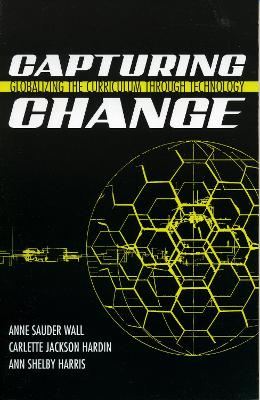Technology has allowed the world to become a smaller place. Today's students will have actual and virtual access to more parts of the world than ever imagined by the previous generation, and teachers must be skilled in providing a global perspective to the curriculum that goes beyond the traditional focus on heroes and holidays. Instead, new approaches will extend the focus of the classroom to a more inclusive, global perspective. Such new approaches that include the creative use of technology will help students understand and appreciate those who live in different cultures. The purpose of Capturing Change is to provide these approaches. This book offers: 1. Three models for globalizing the classroom. The first model approach promotes a global curriculum, which focuses on understanding of individual differences and on reducing conflict between cultures. The second model is an integration approach, which advocates the inclusion of global issues into all curriculums. The third model reviews the traditional unit approach. 2. Activities that utilize technology. There are four strategies proven effective for using technology in the classroom as suggested by The International Society for Technology in Education (ISTE) in its National Educational Technology Standards for Teachers (NETS-T). The strategies include Web-based lessons, multimedia presentations, telecomputing projects, and online discussions, all four of which can be used by classroom teachers to incorporate technology into the global curriculum. 3. Research on globalizing the curriculum. This research will particularly focus on the teaching of social studies, science, mathematics, literature, related arts and physical education. For inservice and preservice teachers at all levels.
- ISBN10 1578862965
- ISBN13 9781578862962
- Publish Date 21 November 2005 (first published 29 September 2005)
- Publish Status Active
- Publish Country US
- Publisher Rowman & Littlefield
- Imprint Rowman & Littlefield Education
- Format Paperback
- Pages 192
- Language English
